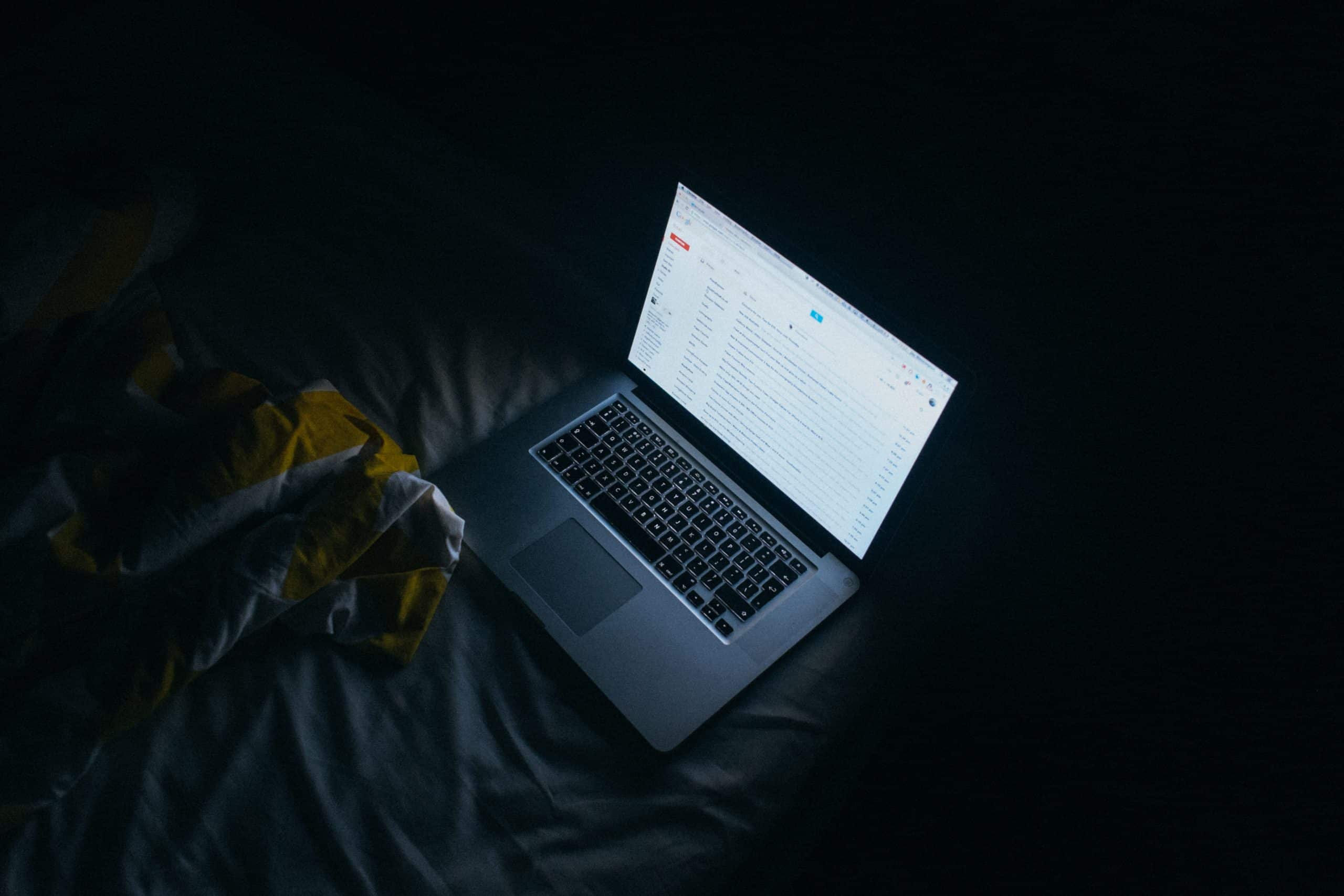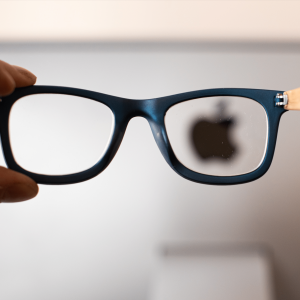Bad news if you like to work late into the evening.
According to a new study, features such as Apple’s Night Shift, which was introduced to iOS and macOS several years ago, could have the opposite effect and cause us to wake up on an evening.
Night Shift is designed to change the color and temperature of your phone screen or desktop and reduce the amount of blue light coming through.
On the Mac, Night Shift mimics the time of the day, so your display will be bright on a morning and warm in the afternoon.
However, research from The University of Manchester has suggested that reducing the amount of blue light on our devices can actually confuse our body clocks and have the reverse effect of their intentions, causing us to wake up when we should be winding down.
Researchers suggest that brightness levels are actually more important than colors when it comes to controlling your body clock.
And when the light is dim, blue is actually a more relaxing color than yellow.
The initial tests were conducted on mice with Doctor Tim Brown, though he says there’s a lot of reasons to suggest the same theory applies to humans.
During the study, Brown used lighting that had been designed to mimic our phone screens.
They were able to adjust the color of the lights without changing its overall brightness, and the found that blue colors had weaker effects on mice’s body clocks than bright yellows.
The idea behind this is that yellow is a daytime color, whilst twilight is blue.
Yellow gives off the impression that it is sunrise, which then causes us to struggle to sleep.
Of course, we should take studies like this with a pinch of salt, and more research needs to be done to verify whether these claims are accurate and can be applied to humans.
But in the meantime, perhaps cut back on the time you’re spending on your iPad and MacBook after dark – that’s the best way to control your body clock and have a good night’s sleep!
Are you surprised by these findings? Do you regularly work in the dark with Night Shift? Let us know your thoughts over on Twitter and check back soon for more news and rumors.







